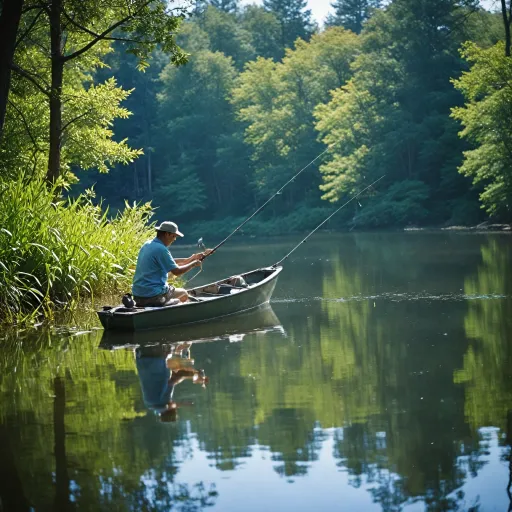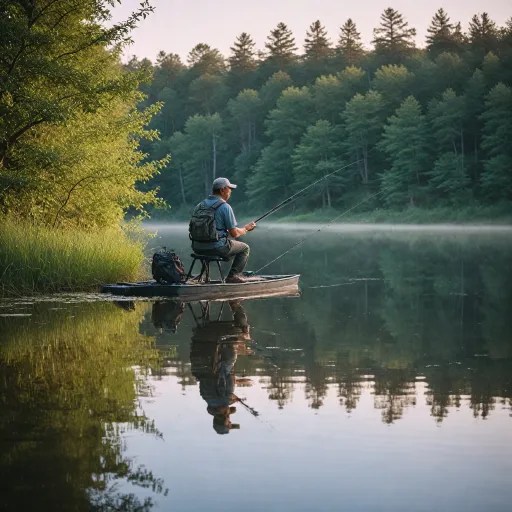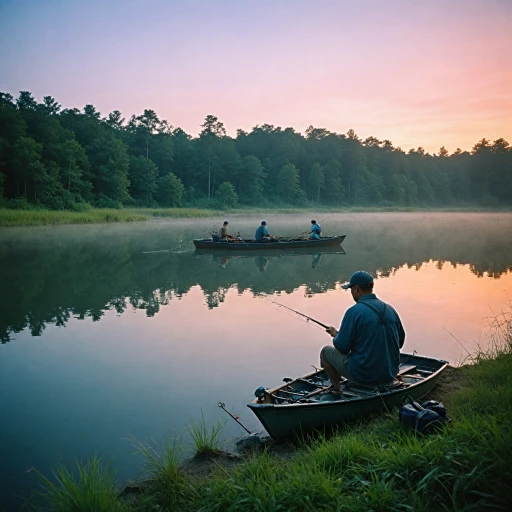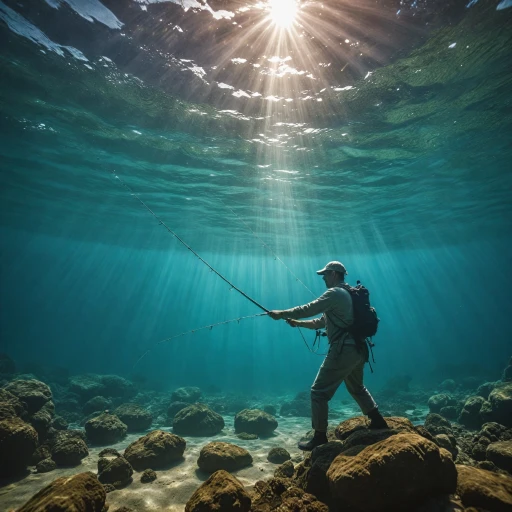
The Role of Worms in Fishing
The Essential Role of Worms in the Angling Experience
In the world of recreational fishing, worms are arguably the most iconic and essential form of bait. The humble worm has long been considered a staple in every angler's toolkit, offering a natural allure that appeals to a variety of fish species. This versatile bait is renowned for its effectiveness, particularly when targeting species like bass, trout, and catfish. Worms thrive in both freshwater and marine environments, embodying a crucial part of aquatic ecosystems. They serve as a primary food source for fish, thanks to their soft and wriggling body that mimics the natural prey of many fish species. As worms move through the water, their nervous system generates impulses that resonate with the instincts of predatory fish, making them hard to resist. Part of the phylum annelida, worms have a simple yet efficient anatomy that makes them an ideal bait option. They are also free living organisms, which play a vital role in their habitats, contributing to the ecological balance by decomposing organic materials and enriching the soil. While worms can carry with them a certain "ick" factor, they are, for the most part, harmless to humans. However, it's important to be mindful of worm infections, as some types, known as parasitic worms, can infect pets like dogs and cats. Always wash hands after handling worms to reduce any risk of transfer. Some may wonder about their relation to other worm relatives, such as flatworms or nematodes, which are known for their parasitic tendencies and ability to infect hosts. Unlike these relatives, the common bait worm is beneficial in its natural context, luring fish with its unmistakable wriggle and scent. Moreover, for anglers interested in additional bait techniques, considering options such as exploring the versatility of J-hooks in recreational fishing can enhance their baiting strategies and overall fishing success.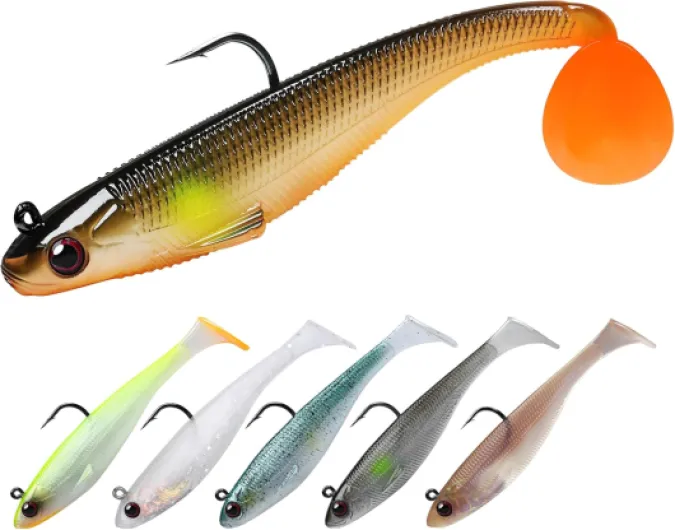
- + Unique Vibrating Swim Action increases catch rate
- + Trembly Sinking Move attracts more fish
- + Perfect for family fishing
- + Effective for various species like Bass, Trout, Crappie, Walleye
- + Lightweight at 0.45oz for easy handling
Types of Worms Used in Fishing
Diverse World of Worm Bait
In the expansive realm of marine and freshwater fishing, worms have always garnered respect as one of the most versatile and effective baits. These wriggling creatures come in a rich variety, each with its unique advantages and challenges. Recognizing the distinctions among them can offer a competitive edge in your angling endeavors.
Varieties of Worms for Anglers
Within the kingdom of worms, several types stand out as preferred choices for fishermen. Among these, the nightcrawler is perhaps the most famous and commonly used due to its size and the appealing wiggle of its body, attracting fish effectively. Red wigglers, a bit smaller, are also popular for their resilience and ability to entice a range of fish species.
Beyond earthbound options, bloodworms are a celebrated choice for those venturing into saltwater. Their vibrant blood-red color and scent make them an irresistible option for various marine species. In freshwater habitats, mealworms are another alternative that cater to slightly smaller fish.
Unique Characteristics and Considerations
- Earthworms, from the phylum annelida, are noted for their segmented bodies, which can be easily cut to vary bait size.
- For those concerned about the ecological footprint of using live bait, consider exploring soft plastic lures as sustainable alternatives.
- Bloodworm harvesting is reliant on secure regulations as they inhabit tidal flats and estuarine environments, impacting their availability.
While they serve as an excellent food source, careful handling of worms is needed to prevent any unintended infections. It's critical to maintain clean hands after handling to avoid transmitting worm eggs or other parasites like threadworms, known to common households.
How to Store and Maintain Worms
Keeping Your Worms Fresh and Ready
Ensuring that your bait remains effective often hinges on how well you can store and maintain it. Worms, despite their resilience, require careful attention to keep them in optimal condition for fishing.
First and foremost, temperature plays a crucial role. Most worms prefer a cool, moist environment to remain lively—think of conditions mimicking their natural habitat. Utilizing a plastic or Styrofoam container is common, ensuring it’s filled with a bedding material like damp newspaper or peat moss. This helps regulate moisture levels, and prevents the worms from drying out.
Avoid over-crowding the container. Packing worms too tightly disrupts their natural movement, and can shorten their lifespan. Instead, a spacious environment will allow your worms to thrive, making them more appetizing to fish.
Feeding worms is another key component. A light sprinkle of cornmeal or coffee grounds can provide the necessary nutrients for them. This helps maintain their energy, making them wiggly and more attractive to potential catches.
It’s essential to check regularly for any dead worms. Decomposing bodies can affect the entire batch, generating unpleasant odors and creating a breeding ground for bacteria. Removing any deceased worms is crucial for maintaining a healthy stock.
The transportation of worms also requires consideration. It’s advisable to carry them in an insulated bag or cooler to maintain their ideal conditions until you reach your fishing destination. Once on-site, always ensure their container remains shaded and away from direct sunlight.
It’s key to wash hands thoroughly after handling worms, reducing any risk of cross-contamination or accidental introduction of worm infections. Good hygiene practices also prevent any potential worm eggs or debris from causing issues.
Following these steps will keep your worms lively and ready, enhancing your fishing experience. For those interested in other fishing gear maintenance, you might want to explore this guide for more insights.
Techniques for Using Worms as Bait
Mastering the Art of Presenting Worms as Bait
Using worms as bait offers a unique way to engage in recreational fishing. The method of presenting these creatures can significantly impact success, aligning with their role as both free living and parasitic organisms. Here’s a guide on how to effectively use worms while considering the variety of environments you might find yourself in.- Selection of Worms: Your choice between various types worms can be crucial. Different species such as earthworms, known for their segmented body structure, or marine worms are commonly used based on the targeted fishing grounds.
- Preparing the Bait: When preparing worms, consider their delicate body structure that includes a simple nervous system. Make sure to hook them carefully, preserving their natural body movement to create an enticing image for fish.
- Hooking Techniques: Threadworms, common to both freshwater and marine environments, can be threaded onto the hook to cover it well. This approach mimics the appearance of an unsuspecting food source. Threadworms provide a continuous food scent trail, calling to fish with their presence.
- Environmental Considerations: While worms are an advantageous asset in fishing, it is crucial to consider their environmental impact, particularly the introduction of non-native species or worm eggs. Always opt for locally sourced worms when possible.
- Hygiene Practices: Since worm handling can contribute to worm infections due to soil bacteria or other contaminants, always wash hands thoroughly after handling worms to prevent any potential worm infections.
Environmental Impact of Using Worms
Environmental Considerations of Choosing Worms as Bait
When using worms as bait for recreational fishing, it's crucial to consider their environmental impact. The use of live worms, such as those from the phylum annelida, particularly the common types like earthworms and marine species, has implications on local ecosystems.- Impact on Local Ecosystems:
- Impact of Overharvesting:
- Water Quality Concerns:
- Best Practices:
Alternatives to Live Worms
Exploring Substitutes: Beyond Live Worms
In the realm of recreational fishing, the pursuit to diversify bait options has expanded beyond the traditional use of live worms. Here's a closer look at what anglers might consider when opting for alternative bait solutions:- Synthetic Worms: These appeal to anglers who prefer longevity and reliability in their bait supplies. Synthetic worms mimic the movement and texture of their live counterparts, and are often designed to release scents that attract fish.
- Freeze-Dried Worms: For those concerned about storage and maintenance, freeze-dried worms offer a middle ground. These maintain the structural integrity of live worms but without the hassle of keeping them alive.
- Artificial Worms with Scent: These are engineered to look like worms and are often infused with scents that fish find irresistible, such as garlic or anise, which can be more appealing than the natural odor of worms.
- Biodegradable Baits: In an effort to minimize the environmental impact traditionally associated with using live bait, some manufacturers offer biodegradable options. These breakdown naturally in water without leaving harmful residues.
- Using Worms from Different Phyla: While not traditionally common, some anglers are exploring marine species like flatworms or threadworms, which can sometimes be more effective for certain fish species.

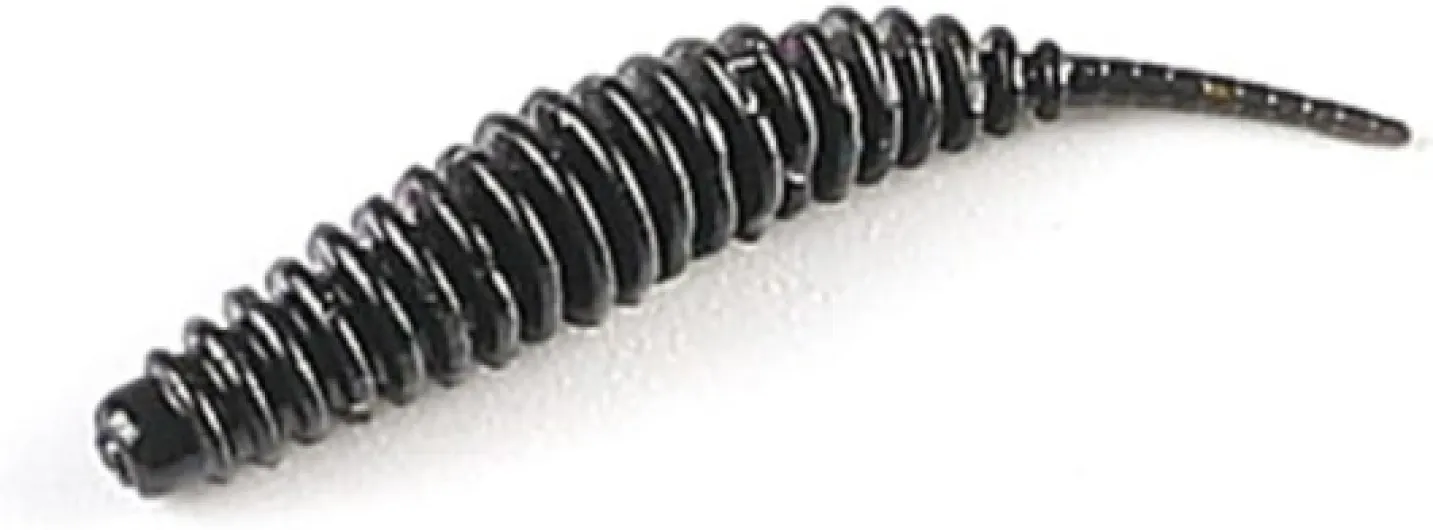
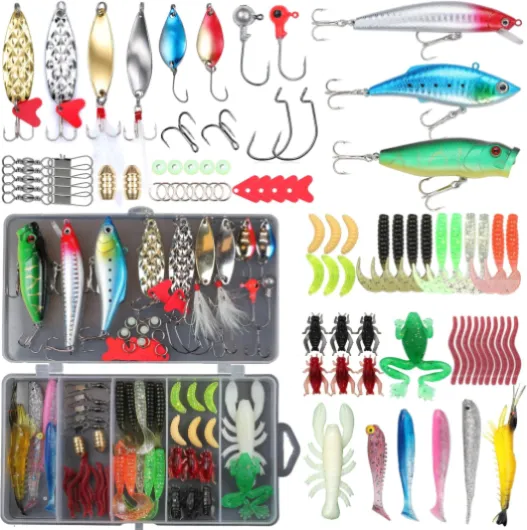
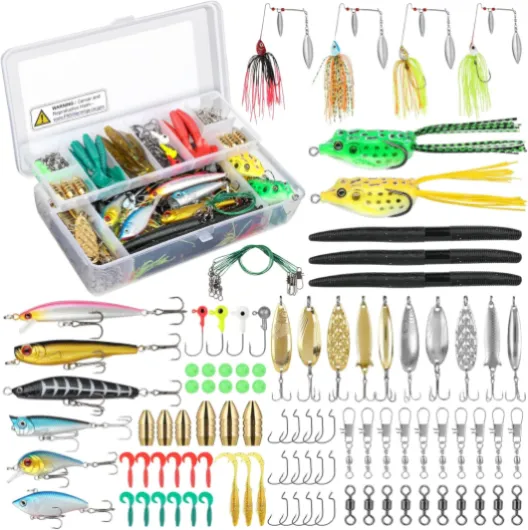
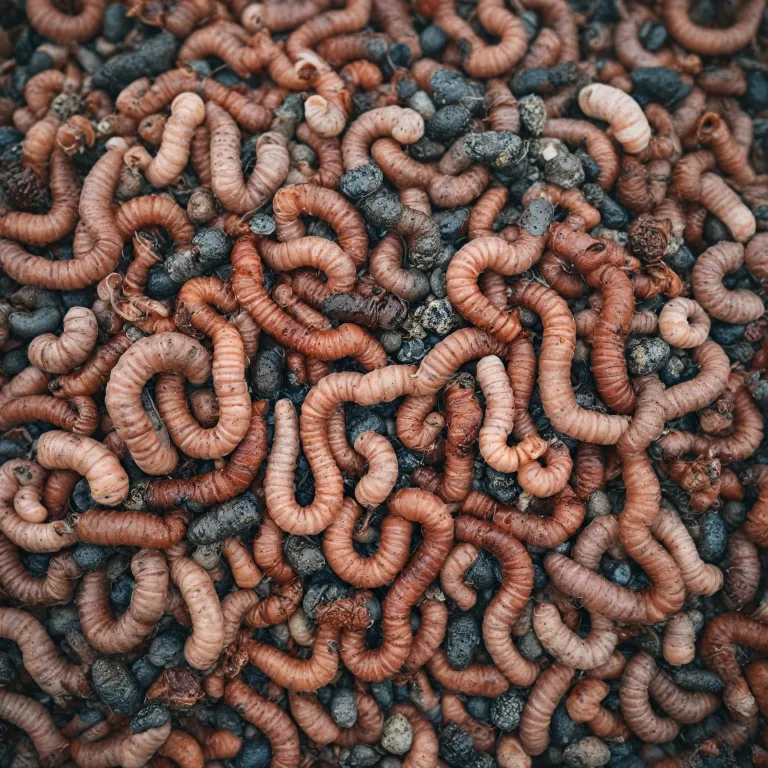
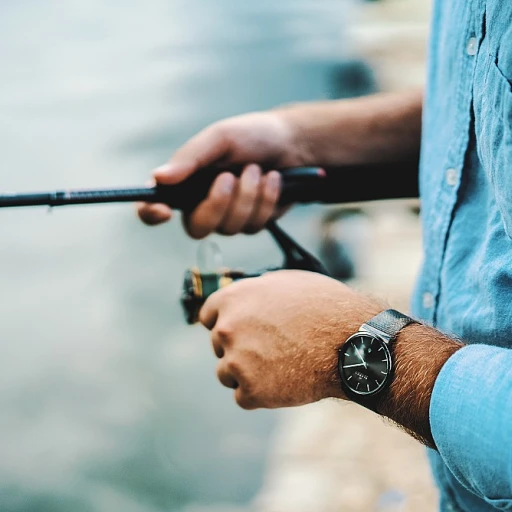
-large-teaser.webp)

